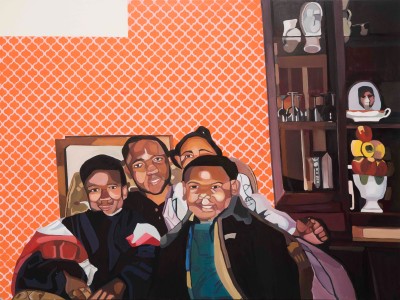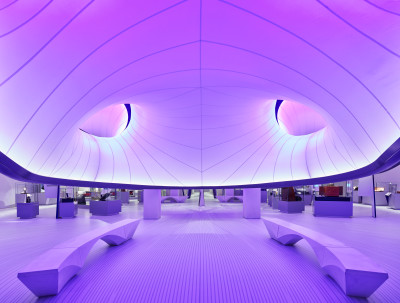Trading in splendour
Trading in splendour
By Sarah Dunant
Published 3 March 2014
Veronese’s dazzling paintings belied the demise of the Venetian empire.
-
From the Spring 2014 issue of RA Magazine, issued quarterly to Friends of the RA.
The title of the National Gallery’s new exhibition ‘Veronese: Magnificence in Renaissance Venice’ says it all. While historians might date the beginning of the decline of the Venetian empire to the 16th century, on the surface everything was still glittering, thanks in part to the work of artists such as Titian and Veronese.
From its outset the National Gallery put its money on Veronese: The Family of Darius before Alexander (1565-67) was among the first great works it acquired, having spent what a parliamentary critic of the time considered ‘an enormous sum’. Now the nation has a chance to judge value for money as the gallery brings altarpieces and mythology paintings from all over the world for the most significant Veronese exhibition to be mounted in Britain. Highlights include the celebrated The Mystic Marriage of St Catherine (c.1565-70), with its riotous heavenly celebrations and luscious courtly saint, and Mars and Venus United by Love (1570-75), on show next to the gallery’s own Veronese series, ‘Four Allegories of Love’ (c.1575).
-

Paolo Veronese, The mystic Marriage of St Catherine, c. 1565-70.
Gallerie del L'Accademia, Venice (1324). © Courtesy of Ministero dei Beni e Delle Attivita Culturali del Turismo.
-
The effect is bound to be sumptuous. Whether depicting thundering hooves and chariots in the cherub-filled skies for palazzo ceilings or the drama of martyrdom for churches, Veronese’s trademark is splendour: dynamic composition, teeming with life and detail (architectural as well as human), and a colour palette almost hallucinatory in its intensity.
At its most extreme, his love for detail threatened to overwhelm the narrative. In 1573, his huge Last Supper, painted for the refectory of the monastery of St Giovanni and Paolo, was attacked by the Venetian inquisition for overshadowing Christ and the disciples with a cast of ‘jesters, drunks, Germans [i.e. heretics] and midgets’. Veronese’s response was to change the title of the work rather than the painting.
Though the renamed Feast in the House of Levi will not make it to London, there will be no shortage of bravura Veronese. Unexpected pleasure, however, may come from more restrained work. The National owns no Veronese portraits, but of the three in this show (none of the sitters is formally identified) my bet is that the star will be La Bella Nani (c.1555-60), depicting a fair-haired siren whose generous pale breasts rise up from a fortress of dark blue velvet, lace and gold. It is a teasing reminder of the connection between court and courtesan in the culture of the artist’s adopted city. Veronese stretches the vocabulary of artistic magnificence. Might there be such a thing as too much beauty? Visitors to this show may find out.
Veronese: Magnificence in Renaissance Venice is at the National Gallery, London, from 19 March– 15 June.
Sarah Dunant leads the *RA Book Club** on 21 March.*




